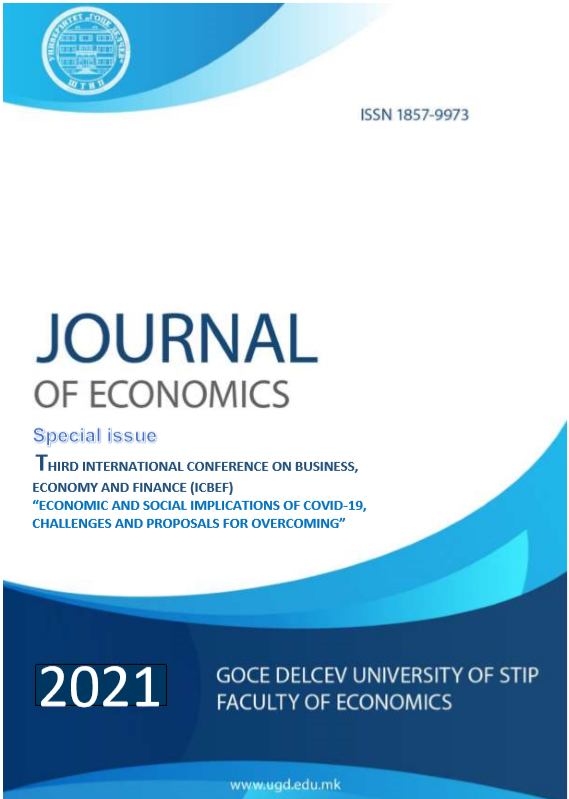Managing the monetary and fiscal efforts to alleviate the turbulence from the COVID-19 crisis in the world and in our country
DOI:
https://doi.org/10.46763/JOE2160030gsKeywords:
COVID -19, Managing, Monetary and fiscal policyAbstract
Data says that nearly 128 million people have been infected with COVID-19 and more than 2.5 million people have died worldwide. This has been further compounded by an economic crisis caused by the disease's disruption to the world economy, resulting in millions of people losing their livelihoods, exacerbating global poverty and inequality.
The International Monetary Fund (IMF) estimates that the world economy, as measured by real gross domestic product (GDP), shrank by as much as 3.5% in 2020. The MSCI All Country World Index (ACWI), which tracks large- and mid-cap companies in 50 developed and emerging countries around the world, fell into a bear market during March 2020, and didn't pass its pre-COVID-19 high until late August.
In response to this crisis, governments and central banks worldwide have enacted sweeping and sizable stimulus measures to counteract the disruption caused by the coronavirus and provide relief to those suffering from the pandemic.
Did these measures work? What is the right way out of the crisis? How long will this turbulence last? How long will the consequences last? Some of these questions are subject to variable answers, and some of these questions have yet to be answered. The purpose of this paper is to compare the measures implemented by countries and identify the best way to manage them to achieve faster economic recovery. Methods of analysis, comparisons and statistical calculations were used to show the real picture of the current situation.


